A Once-in-a-Generation Construction Boom
The 2032 Olympics, Construction & Labour Shortages

The Brisbane 2032 Olympic and Paralympic Games have set in motion one of Queensland’s largest infrastructure programs in history.
With an estimated A$7.1 billion earmarked for venues, transport upgrades, and urban regeneration, the scale rivals that of Sydney 2000 but with a stronger regional distribution
1. Major projects include:
- A 63,000-seat Olympic stadium at Victoria Park
- Redevelopment of Gabba precinct
- Centenary Pool Complex upgrade
- Athlete villages in Brisbane, Sunshine Coast, and Gold Coast
- Regional sporting facilities and community hubs
These works are designed not just for the Games, but to leave a lasting urban and economic legacy. Key outcomes:
- Improved infrastructure for local communities
- Growth in tourism and international business exposure
- Boost to Queensland’s global competitiveness in major event hosting.
2. Expanding the Construction Pipeline
The Olympic build-up is pushing Queensland’s construction pipeline from A$53 billion in 2024–25 to an expected A$77 billion by 2026–27.
Key drivers include:
- Venue construction & upgrades – Scheduled completion before 2031 for testing events
- Transport connectivity – Cross River Rail, motorway upgrades, active transport networks
- Urban precinct redevelopment – Mixed-use spaces, housing, and green infrastructure
This long-term pipeline is giving developers, contractors, and suppliers unprecedented forward visibility—something rarely seen in the volatile building sector. The increased visibility encourages strategic planning and collaboration, helping mitigate risks traditionally tied to major infrastructure projects.
3. Labour Demand & Skills Shortages
Queensland will need 30,000–40,000 additional construction workers annually in the lead-up to 2032. This will stretch an already tight labour market and create:
- Fierce competition for skilled trades
- Wage inflation
- Increased reliance on interstate and overseas recruitment
- Growth in apprenticeship and fast-track training programs
Workforce Development Initiatives:
- Fast-tracked skills programs designed to equip workers with the technical know-how required for large-scale projects
- Public-private partnerships to foster talent pipelines
- Enhanced digital training platforms to address skill gaps quickly
Infrastructure Australia warns that workforce shortfalls could peak at nearly 54,700 workers around 2026–27, coinciding with both Olympic deadlines and major housing needs. This will intensify the demand for a sustainable, adaptable workforce to meet both Olympic and broader infrastructure goals.
4. Material Costs & Supply Chain Pressures
With both public and private projects ramping up:
- Material costs—especially steel, concrete, and prefabricated components—are rising faster than the national average
- Supply chains are facing longer lead times due to increased demand across Australia
- Storage and logistics hubs are being expanded to cope with bulk procurement for Olympic builds
The combined demand from housing, commercial, and Olympic projects is likely to keep pressure on prices well into the 2030s. Impact on contractors:
- Higher cost uncertainty affecting project timelines and budgets
- Increased need for innovative procurement strategies to lock in prices and manage inventory effectively
- Collaborative supply chains that bring together public and private sector resources to ensure smoother logistics.
5. Opportunities for Innovation
The scale and urgency of the Olympics are accelerating industry innovation:
- Modular and prefabricated construction to shorten build times
- Sustainable design—green roofs, solar integration, energy-efficient cooling
- Smart city technologies—integrating transport, crowd management, and venue operations
- Collaborative contracting models to manage risk and timelines
These approaches could redefine how large-scale projects are delivered in Queensland beyond 2032. Notable Innovations:
- Carbon-neutral construction methods leading to greener urban spaces
- Smart energy grids to optimize electricity consumption during the Games
- Advanced building techniques that minimize environmental impact during construction.
6. Long-Term Industry Impact
The Games are not just an event—they’re a catalyst for transformation. Expected outcomes include:
- Stronger regional construction markets—with Olympic events and training hubs spread statewide
- Permanent skill base expansion—training initiatives leading to a more capable workforce
- International exposure—boosting Queensland’s reputation for major project delivery
- Urban renewal—regenerating precincts into vibrant, mixed-use neighbourhoods
Post-2032 Economic Gains:
- Legacy infrastructure will continue to support economic growth in Queensland.
- Urban areas surrounding Olympic venues will likely experience long-term capital gains and demand for commercial properties.
- Enhanced transport and logistics infrastructure will attract international businesses, making Queensland a more attractive investment hub.
If managed well, the Olympics could set Queensland’s building industry on a growth trajectory that lasts well beyond the final medal ceremony.
7. Environmental and Social Sustainability
As part of the legacy, the Olympic Games will push for sustainability in both construction and ongoing operations.
- Green buildings will dominate Olympic venues, with many projects adopting zero-emissions goals.
- Recycling programs for construction waste will become industry-standard.
- Increased investment in affordable housing to address social needs post-Games.
The lasting environmental impact will align with Queensland’s commitment to a low-carbon future, reinforcing the state's role in promoting global sustainability initiatives.
Bottom Line:
The Brisbane 2032 Olympics are reshaping Queensland’s building industry by driving unprecedented investment, intensifying competition for labour and materials, and spurring innovation in design and delivery. The challenge will be balancing short-term Olympic deadlines with the state’s long-term housing and infrastructure needs. With the right strategies, Queensland will emerge from this boom as a global leader in sustainable, smart infrastructure.
Reach out to our team by contacting us anytime below













